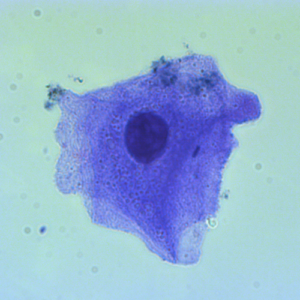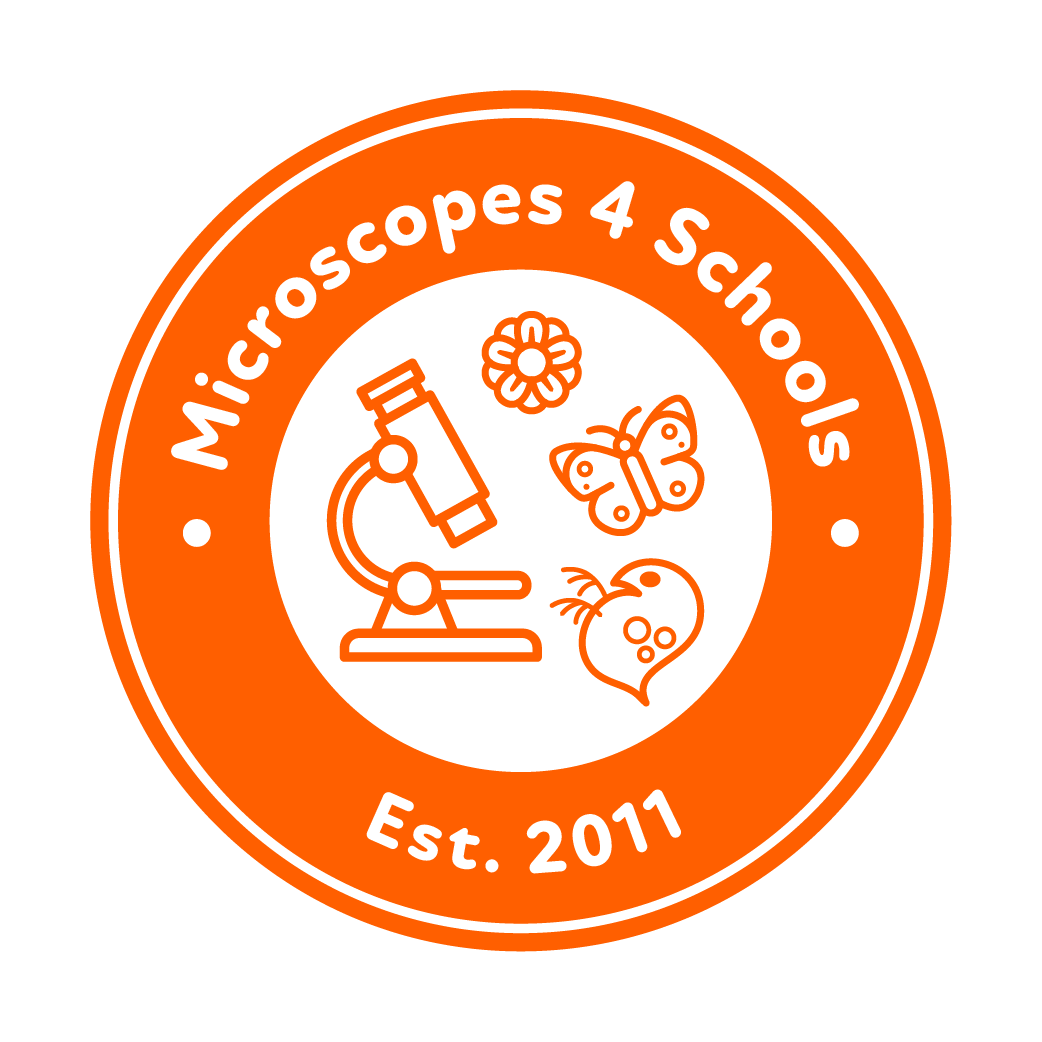Human cheek cells
Compound microscope activity sheet

Materials
- Glass microscope slides
- Plastic cover slips
- Paper towels or tissue
- Methylene Blue solution (0.5% to 1% (mix approximately 1 part stock solution with 4 parts of water))
- Plastic pipette or dropper
- Sterile, individually packed cotton swabs
Methods
- Take a clean cotton swab and gently scrape the inside of your mouth.
- Smear the cotton swab on the centre of the microscope slide for 2 to 3 seconds.
- Add a drop of methylene blue solution and place a coverslip on top. Concentrated methylene blue is toxic if ingested. Wear gloves and do NOT allow children to handle methylene blue solution or have access to the bottle of solution.
- Remove any excess solution by allowing a paper towel to touch one side of the coverslip.
- Place the slide on the microscope, with 4 x or 10 x objective in position and find a cell. Then view at higher magnification.
Fun facts:
Methylene blue stains negatively charged molecules in the cell, including DNA and RNA. This dye is toxic when ingested and it causes irritation when in contact with the skin and eyes.
The cells seen are squamous epithelial cells from the outer epithelial layer of the mouth. The small blue dots are bacteria from our teeth and mouth.



